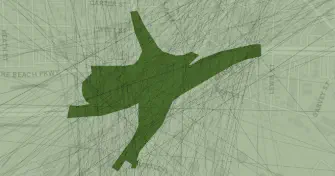Evaluating Reconnecting Communities Program Highway Projects Using A Social Network-Based Metric
 Route 16/99 Interchange, Everett, MA crossed by the Twitter social network (credit Maina Wachira)
Route 16/99 Interchange, Everett, MA crossed by the Twitter social network (credit Maina Wachira)(In Progress)
This work is in development with Maina Wachira, Eszter Bencsné Bokányi, and Sándor Juhász.
Abstract
Transportation infrastructure can facilitate the flow of people, goods, and information through cities (Bettencourt, 2021). However, as planners recognize, highways and other large facilities can also create barriers to walkable, accessible, and human-scale neighborhoods (Anciaes et al., 2016). This awareness has influenced a movement towards highway removal in the United States that is complemented by the desire to address the harms caused to communities by federally-funded highway construction (Mohl, 2012).
Between 2022 and 2024, the U.S. Department of Transportation’s Reconnecting Communities Pilot (RCP) Program and Reconnecting Communities and Neighborhoods (RCN) Grant awarded approximately four billion dollars to projects that seek to remove, retrofit, mitigate, or replace existing facilities in order to reconnect communities harmed by past transportation infrastructure decisions. At present, however, there are few existing quantitative tools well-suited to assessing prospective and awarded projects based on their impacts on social connectivity rather than their impacts on mobility flows, trip routing, and other more immediate travel effects (van Eldijk et al., 2022). In this paper, we offer an easy-to-use toolset to quantify the impact of transportation barriers on social networks and apply it to 54 planning or capital construction projects financed by RCP and RCN.
Keywords: highway, social network, community severance